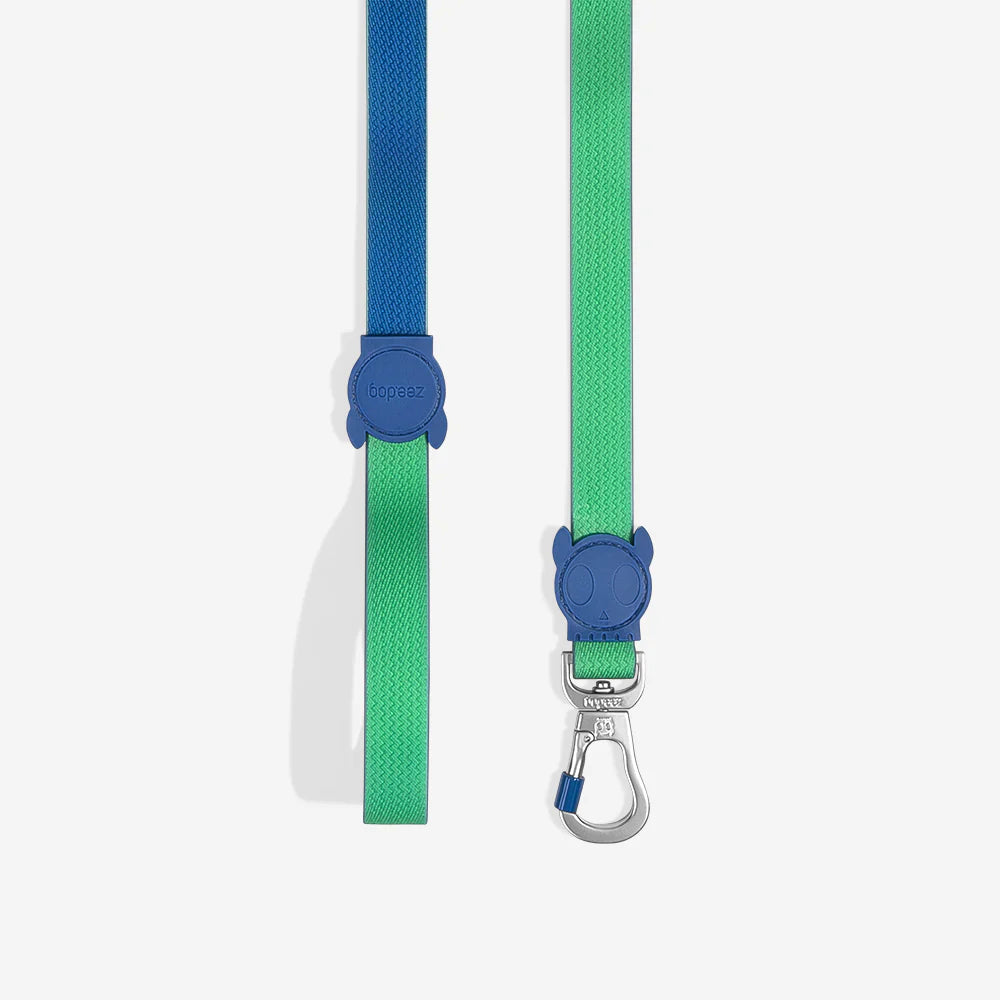Cycling with your dog is a fun and healthy way to bond with your furry friend while getting some exercise. It's a great way to explore new places and enjoy the outdoors together. However, before hitting the road, it's important to take some precautions to ensure both you and your dog are safe.
Firstly, it's important to choose the right equipment for your dog. A well-fitted harness is essential to keep your dog secure and comfortable while cycling. A regular collar or leash can be dangerous as it can get caught in the bike's moving parts. Additionally, it's recommended to use a bike attachment that keeps your dog at a safe distance from the bike and prevents them from getting tangled in the wheels.
Secondly, it's important to train your dog to run alongside your bike before heading out on a ride. This will help your dog get used to the bike's movements and learn basic commands like "stop" and "go". It's also important to start with short rides and gradually increase the distance and intensity to avoid overexertion. With the right equipment and training, cycling with your dog can be a fun and rewarding experience for both you and your furry friend.
Preparing for Cycling with Your Dog
Cycling with your furry friend can be a fun and healthy activity for both you and your dog. However, before hitting the road, it is important to prepare properly to ensure a safe and enjoyable ride. Here are some tips to help you prepare for cycling with your dog.
Choosing the Right Gear
Investing in the proper gear is essential for a successful cycling trip with your dog. Here are some things to consider:
-
Dog Bike Trailer: A dog bike trailer is a great option for smaller or older dogs who may not be able to keep up with you on a bike ride. Make sure to choose a trailer that is the right size for your dog and that has good ventilation.
-
Dog Bike Leash: A dog bike leash is a special leash that attaches to your bike and allows your dog to run alongside you. Make sure to choose a leash that is the appropriate length for your dog and that has a quick-release feature in case of emergency.
-
Dog Harness: A dog harness is important for safety and comfort during the ride. Make sure to choose a harness that fits your dog properly and that has reflective strips for added visibility.
Training Your Dog for the Ride
Before hitting the road with your dog, it is important to train them to be comfortable with the bike and the gear. Here are some steps to follow:
-
Introduce your dog to the gear: Allow your dog to sniff and inspect the gear before putting it on them. This will help them become familiar with the equipment.
-
Practice with the gear: Start by walking your bike with your dog on a leash. This will help them get used to the feeling of running alongside the bike.
-
Gradually increase speed: Once your dog is comfortable walking alongside the bike, start to increase your speed gradually. Make sure to give them plenty of praise and treats for good behavior.
Safety Measures and Precautions
Safety should be your top priority when cycling with your dog. Here are some safety measures and precautions to keep in mind:
-
Check the weather: Avoid cycling in extreme temperatures or during inclement weather.
-
Choose safe routes: Stick to bike paths or quiet roads to avoid heavy traffic.
-
Stay hydrated: Bring plenty of water for both you and your dog.
-
Monitor your dog: Keep an eye on your dog's behavior during the ride. If they seem tired or uncomfortable, take a break.
By following these tips, you can prepare for a safe and enjoyable cycling trip with your furry friend.
On the Road: Cycling Adventures
Navigating Different Terrains
Cycling with your dog can be an exciting adventure, but it's important to be prepared for different terrains. If you plan on cycling on rough terrain such as rocky trails or steep hills, make sure your dog is up for the challenge and has the proper training. It's also crucial to have the right gear, including sturdy shoes for your dog and a harness that fits properly.
For smoother terrains like bike paths or roads, it's still important to be aware of potential hazards such as traffic or other cyclists. Always keep your dog on a leash and make sure they are visible to others. Consider using a reflective vest or collar for added safety.
Maintaining Your Dog's Health and Hydration
When cycling with your dog, it's important to keep them hydrated and healthy. Make sure to bring plenty of water for both you and your furry companion. Consider investing in a portable water dispenser or collapsible bowl for easy access.
It's also important to monitor your dog's energy levels and take breaks as needed. If your dog seems tired or overheated, find a shaded area to rest and cool down. Be aware of signs of dehydration or heat stroke, such as excessive panting or lethargy, and seek veterinary care if necessary.
Etiquette and Legal Considerations
When cycling with your dog, it's important to be considerate of others and follow local laws and regulations. Always keep your dog on a leash and clean up after them. Be aware of any designated bike paths or areas where dogs are not allowed.
Additionally, make sure your dog is up to date on their vaccinations and has the proper identification tags. Consider carrying a copy of their medical records in case of an emergency.
By following these tips and being prepared for different terrains, maintaining your dog's health and hydration, and practicing proper etiquette and legal considerations, you and your furry friend can enjoy many safe and enjoyable cycling adventures together.







